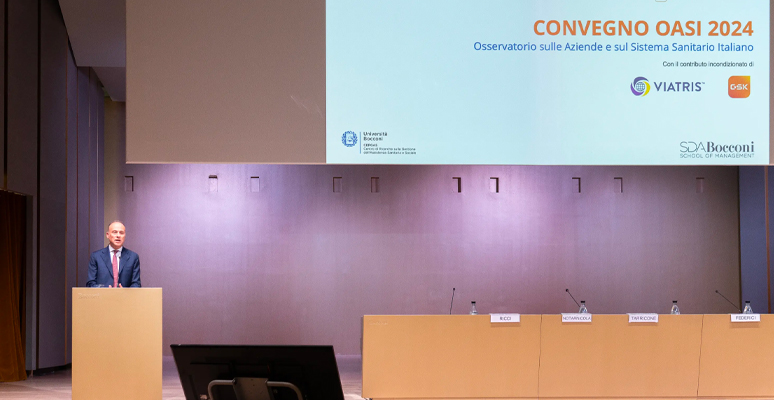
- Start Date
- Duration
- Format
- Language
- 4 apr 2025
- 1,5 days
- Blended
- Italian
by Maria Cucciniello and Alessia Melegaro, Dept. of Social and Political Sciences
THERE ARE 130,000 CHILDREN WHO DIE EVERY YEAR BECAUSE OF MEASLES, IN SPITE OF AN EFFECTIVE VACCINE THAT HAS BEEN AVAILABLE FOR 50 YEARS. EXPERIMENTAL STUDIES SHOW THAT THE MORE DETAILED AND DOCUMENTED INFORMATION CAMPAIGNS ARE, THE HIGHER THE PROPENSITY OF CITIZENS TO TURN TO IMMUNIZATION
Despite a safe and cost-effective vaccine having been in existence for over 50 years, measles remains one of the leading causes of death for children under the age of 5, with over 130,000 deaths a year in the world (about 367 every day or 15 every hour) (Epicenter, 2017).
In recent years, there have been numerous outbreaks of measles throughout Europe (Italy and Romania have the dubious distinction of leading this ranking) with serious repercussions, not only in terms of public health but also government spending (WHO, 2017).
The data published by the Italy’s Ministry of Health and the Higher Institute of Health in the latest bulletin on the epidemiological situation of measles in the country, show that there 4,991 cases of measles were reported in 2017 resulting in 4 deaths, and that in the period going from 1 January to 30 April 2018, 1,258 cases occurred leading to another 4 deaths. Of these cases, 91.6% concerned people not vaccinated at the time of infection, 48.7% developed at least one complication, and in 60% of the cases reported hospitalization became necessary.
To understand if and how information campaigns are able to influence citizen behavior regarding vaccinations, with my colleague Paolo Pin at the Bocconi Department of Decision Sciences and in collaboration with Greg Porumbescu of the Center for Transparency in Government at Rutgers University, we are conducting a series of experiments to assess whether the style of presentation, in addition to the content of information, can have an effect on the choices made by individual citizens and provide more effective strategies to increase the propensity to vaccinate and reduce the so-called "vaccine hesitancy" factor.
In a first experimental survey conducted on 1,000 US citizens, we exposed the participants to scenarios with greater or lesser detail in terms of the information provided and simplicity or complexity of the text being proposed. At the end, we asked to select a choice: register (or not) for the vaccination session by choosing date and time within a predefined calendar of options.
We have found several interesting aspects that influence citizens' decisions regarding the choice to get vaccinated or not. In particular, the data sample shows that the exposure to information campaigns characterized by a high level of detail, including data and percentage points, increases the comprehension of the message (in contrast with what happens in behavioral experiments carried out in education and psychology) reducing the perception of the risk of the vaccine having adverse side effects.
A similar study is about to be conducted on a sample of over 1,000 parents with children under 5 years of age in Italy and the United States, and the focus in this case will be the choice of vaccinating children. In parallel to the survey and with the intent to explore also behavioral aspects of collaboration and altruism in affecting the choice to vaccinate, we have also conducted experiments at BELLS, the Bocconi Experimental Laboratory for the Social Sciences, with about 500 international students.
The experiment involved several stages: a first stage with two players (A and B) and two choices and a subsequent stage with a third player (C) who cannot take any action, but whose gains depends on the actions of players A and B. The scenarios in which the participants are called to play are characterized by either a neutral context or the description of the effects deriving from the diffusion of a new virus requiring a specific type of vaccine; they also received either not very or very detailed information about the epidemic and its consequences, and the potential adverse side effects of the vaccine.
Preliminary results tell us, once again, that the modalities and the details of the information provided can have a significant impact on vaccination choices and on the behavior of citizens.
But what will be the determinants of choice when we consider parents, rather than students, and study their reactions in two different national contexts (Italy and the United States)?
Source: ViaSarfatti25



Approfondire il contesto in cui operano gli attori del sistema salute, le principali tecniche per veicolare il valore di un farmaco e per una negoziazione sostenibile.

